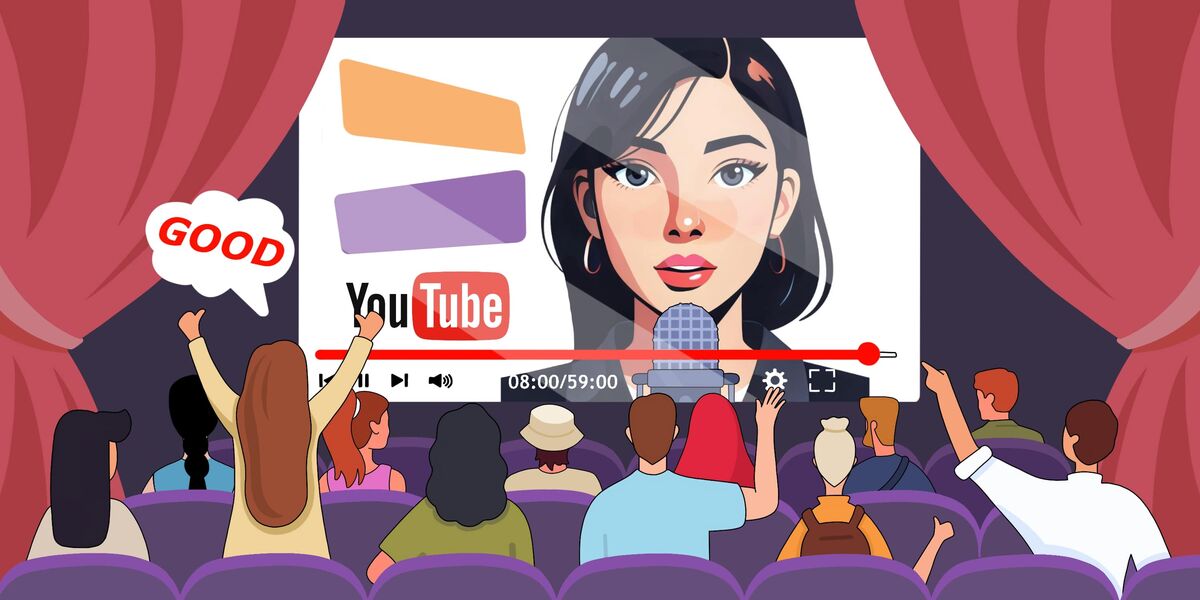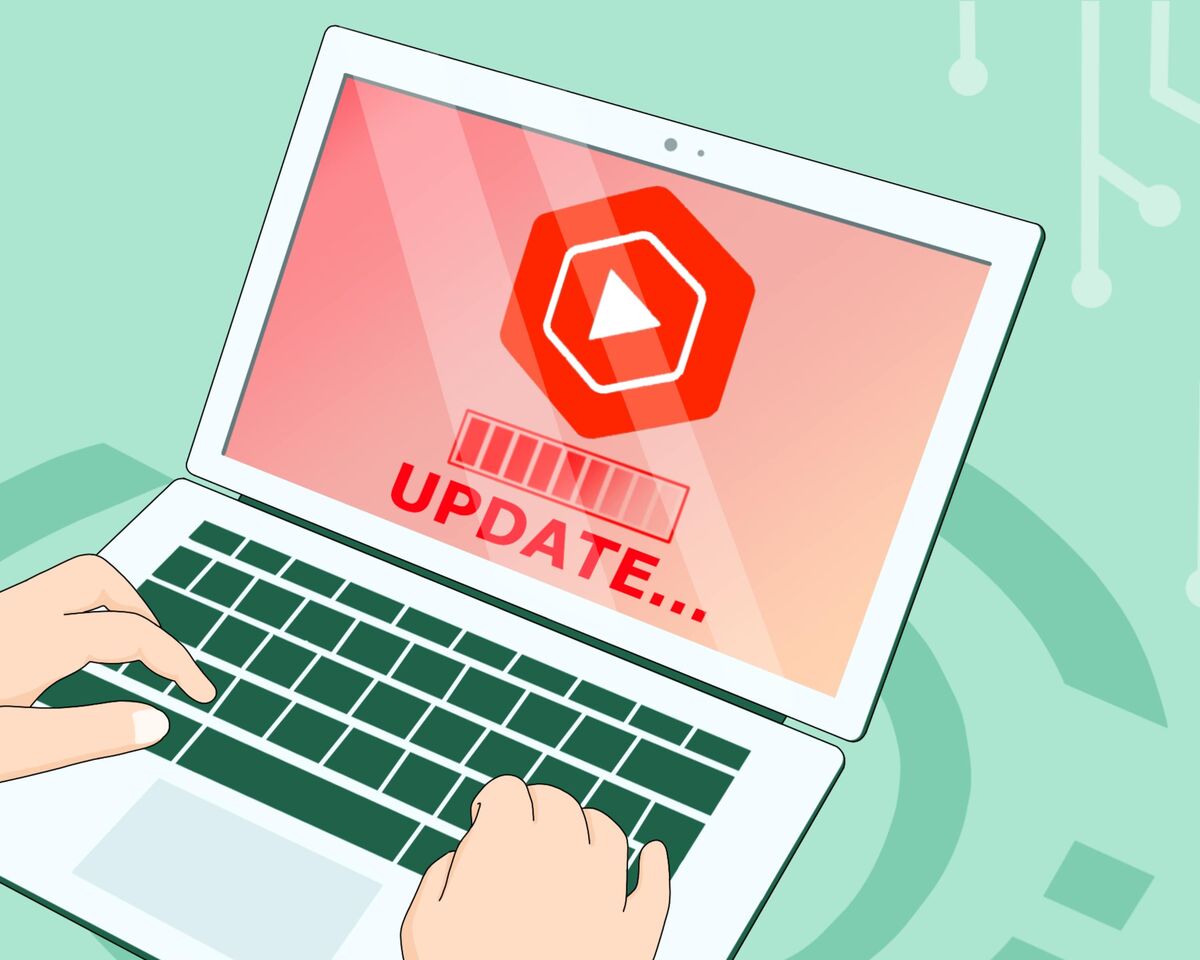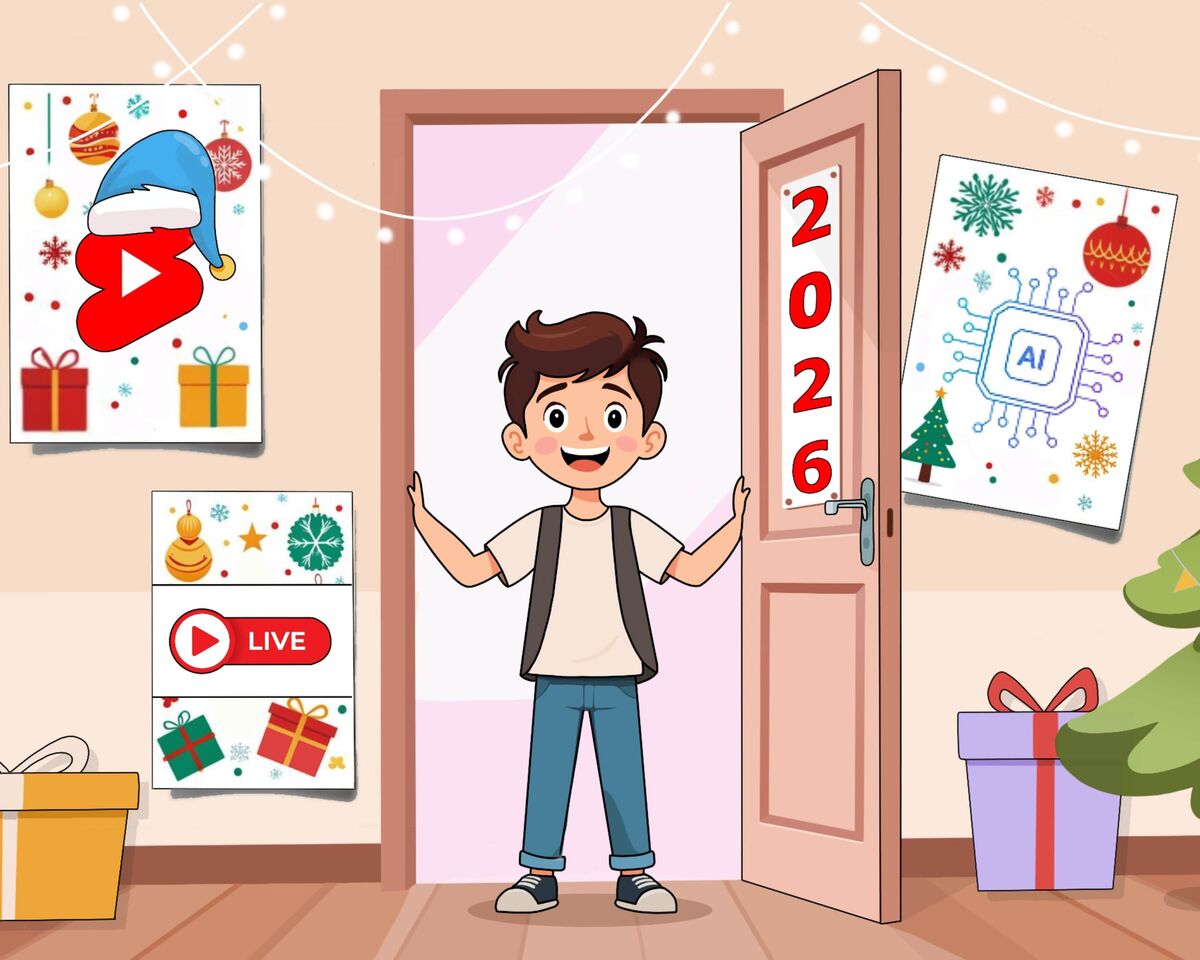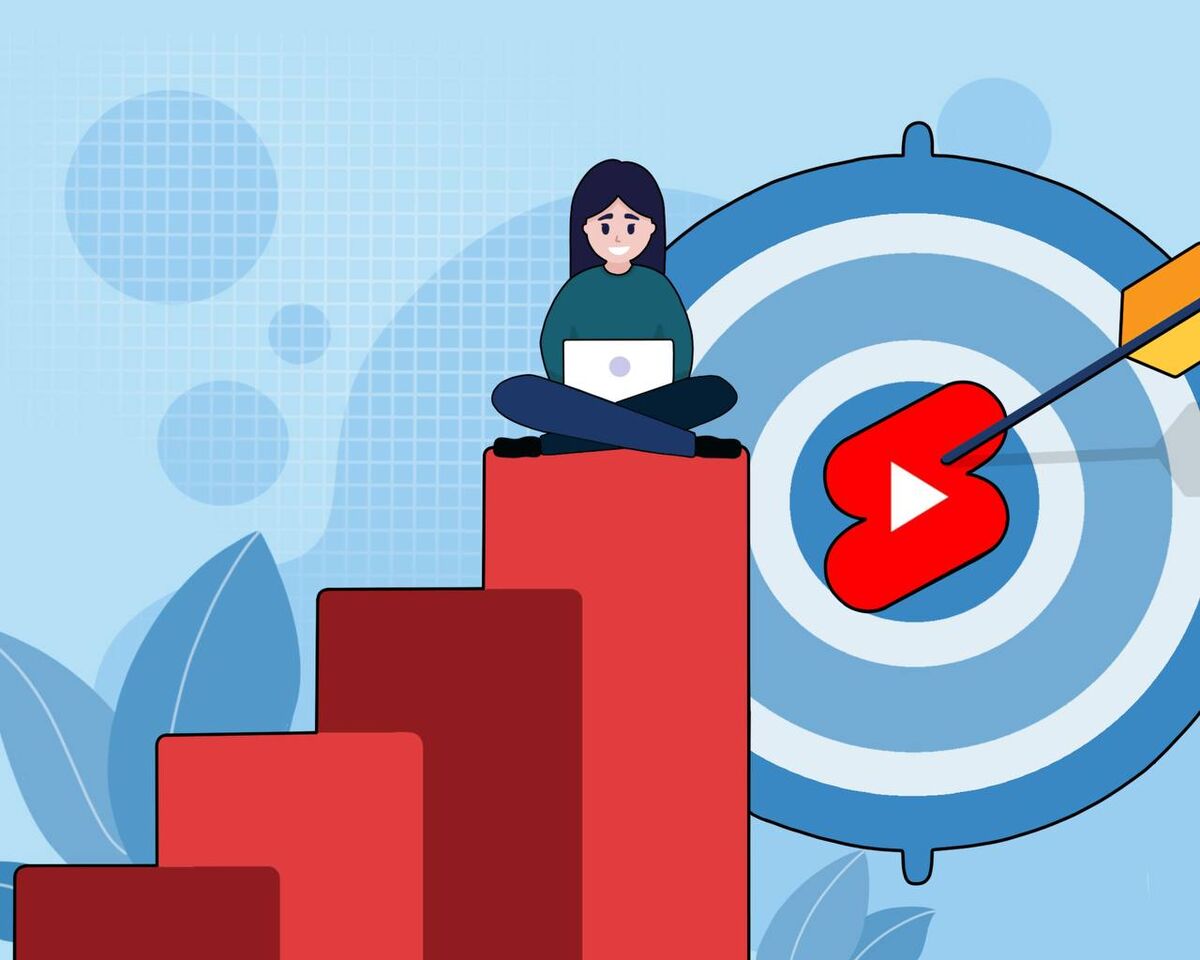The Secret to Making Viewers Watch Your Videos to the End
 Retention is the art of working with the story you tell in your video. Without it, after just a few seconds, your viewer will simply leave. And no one will care how great your editing is, how beautifully framed your shots are, or what valuable information you share at the fifteenth minute of your video.
Retention is the art of working with the story you tell in your video. Without it, after just a few seconds, your viewer will simply leave. And no one will care how great your editing is, how beautifully framed your shots are, or what valuable information you share at the fifteenth minute of your video.
When the platform offers such a huge selection of content—and constantly tempts viewers with the “Next Video” section while they’re watching yours—it’s crucial to capture your audience’s attention completely.
And although it may sound intimidating, there are actually a few simple techniques that can help you tackle this challenge.
Let’s answer an important question: why do viewers leave videos in the first place?
❌ Boring intro
If you constantly start your videos by saying, “Hey everyone, welcome to my channel,” or throw in a generic dubstep animation, it’s no longer even remotely funny.
❌ A too-long lead-in to the topic
It’s one thing when you start telling a story and introduce the lore and characters, like in a feature film—that’s fine. But more often, creators just ramble endlessly, and viewers have to endure waiting until the actual video finally starts.
❌ Unclear what to expect by the end
If we come to watch an informative video, we obviously want reassurance that we’ll actually get that value. And if we’re here for emotions—laughing at funny videos or getting scared by something creepy—we want to dive into the atmosphere right away.
Sure, you promised it in the thumbnail and title, but you need to meet the expectations you set for viewers—literally immediately.
❌ It's “plain”: no twists, no dynamics
If you present your topic in a single monotone, without pauses, breaks, or any hooks, it’s just painful to watch.
Imagine if your favorite movie or TV show had none of its storytelling touches, and instead someone just narrated it straight to the camera in a single shot.
Weird and boring.
❌ The video ends, and there’s nothing left to watch
Yes, simply ending the video isn’t enough.
If you don’t give viewers a reason to watch something else—or, heaven forbid, say goodbye at the end—most of them will just move on and won’t check out any other videos on your channel.
And no one will stick around to watch your outro anyway.
That’s exactly why we at Prodvigate exist: to make sure you, dear creators, don’t end up in these situations. So hold on to this and don’t lose it—
A few simple hacks that will definitely boost retention on your channels
- A captivating intro
There are two undeniable facts about intros:
-
First: if a viewer hasn’t “get” the video within the first 5–10 seconds, they leave.
-
Second: if a viewer decides to close the video, it’s a clear sign you’re struggling to come up with compelling hooks.
And yes, a hook isn’t a greeting or “In this video, I’ll tell you…”. A hook is what makes viewers stay. It has just one purpose: to spark a question in the viewer’s mind.
And if you’re now wondering, “What the heck even counts as a hook?”, let’s skip the formalities and go straight to the techniques that, when used correctly, work almost flawlessly in intros.
✔️Shock / Conflict / Problem
In this format, the first few seconds should make the viewer emotionally engage and trigger subconscious questions like: “What? How? Is this about me?”
For example: “I posted this video—and lost 60% of my audience. Here’s why.”
✔️ Story / Personal experience
Playing on the viewer’s pain, where you’re no longer shocking them but emphasizing that you’ve been in their shoes—and managed to overcome it.
For example: “My first video on this channel got 17 views. But that very video changed everything.”
✔️ Promise of benefit
What we've talked about more than once today and before: we must meet viewers' expectations from the first seconds.
For example: "In this video — 3 techniques that will make your design visually more expensive, and here's the first one."
✔️ Mystery / Gap in curiosity
Any format that will spark an intense desire in the viewer to find out what you're going to tell them. You need to create a gap between what the viewer knows and what they can learn.
For example: "You're making this mistake in every video, but you don't notice it."
✔️ Contradiction / Breaking the pattern
What the viewer could never expect within the stated topic—their brain should immediately react and ask: “Wait, why? Explain!”
For example: “Forget everything you were taught in school—it's a lie.”
Okay, so the intro is clear, but what about the rest of the video?
This is where we introduce the concept of the “Endless Hook,” where each block of your video contains a hint of what’s coming next.
The viewer shouldn’t be able to tell where a “new” block begins—it's always one continuous story, where one introduction flows into the next hook. All the sections exist only on paper and for you; for the viewer, it’s just an engaging video.
This formula is used in TV series: that’s why it’s so hard to stop after one episode, and we end up watching an entire season overnight. At the end of each episode, there’s already a teaser for the next one, and the questions raised in the previous episode promise answers only in the next.
The same approach should be applied to the blocks and endings of your videos: always leave an open ending that motivates the viewer to watch the next episode, the next block in the video, or the next video on your channel.
Although these recommendations may seem simple at first, applying them in practice can be quite challenging.
Shortly speaking—under no circumstances should viewers feel that the video is ending: we always give them a reason to watch the next video on the channel.
How to check retention the right way
Watch your videos from the viewer’s perspective:
- Where do you get bored?
- What would you skip ahead?
- Where do you want more?
Use the same approach when watching your competitors’ videos: note which techniques worked, where there were weak points, and what valuable insights you can take away for yourself.
This honest review is your chance to stand out and outsmart your competitors—not by the technical quality of your videos, but by giving more value and thinking like a viewer.
And you know what else? Don’t forget to repeat what worked. Making a successful video is one thing, but being able to replicate that success is another. To do that, you need to analyze both viral videos and your own failures.
It sounds simple, but in practice, only a few manage to solidify their success and keep viewers engaged on new videos. The great part is that today, you’ve already learned something many of your peers haven’t even started exploring—meaning you’re already one step ahead!




